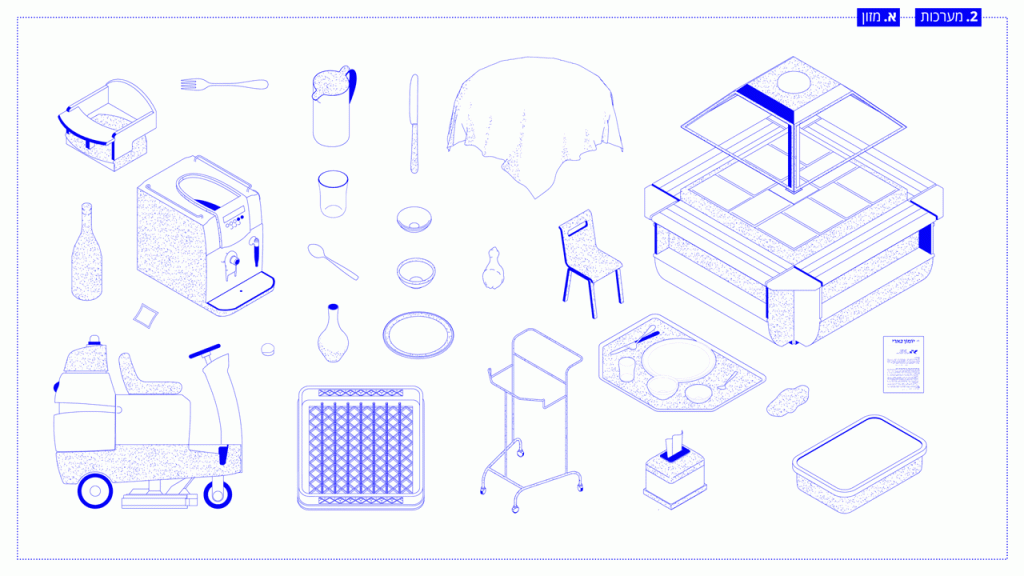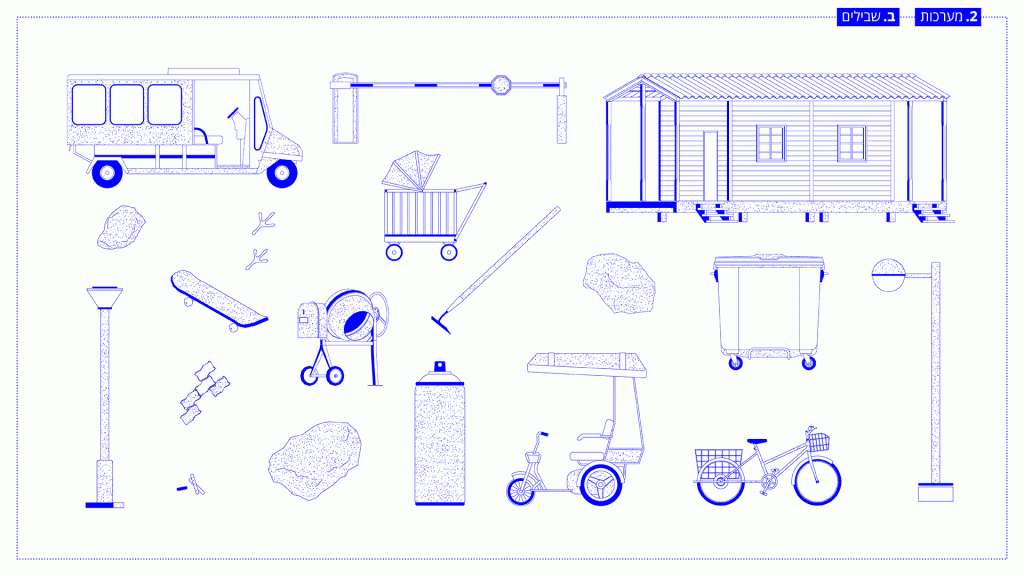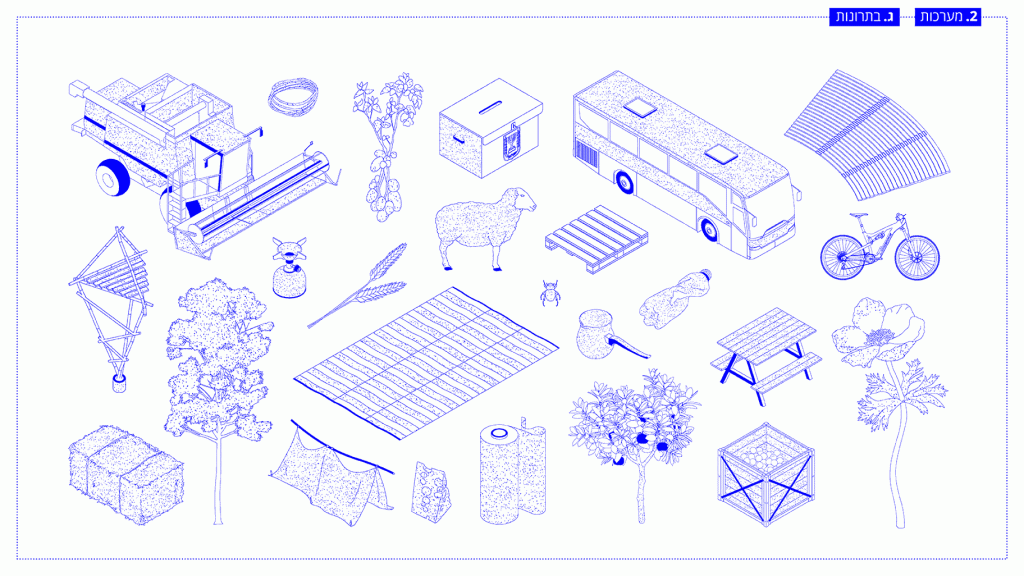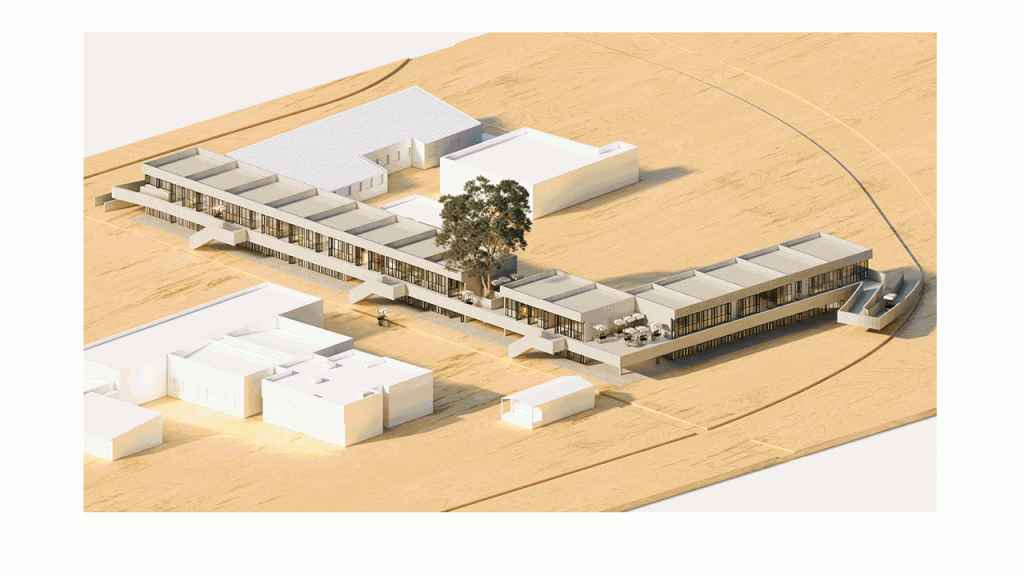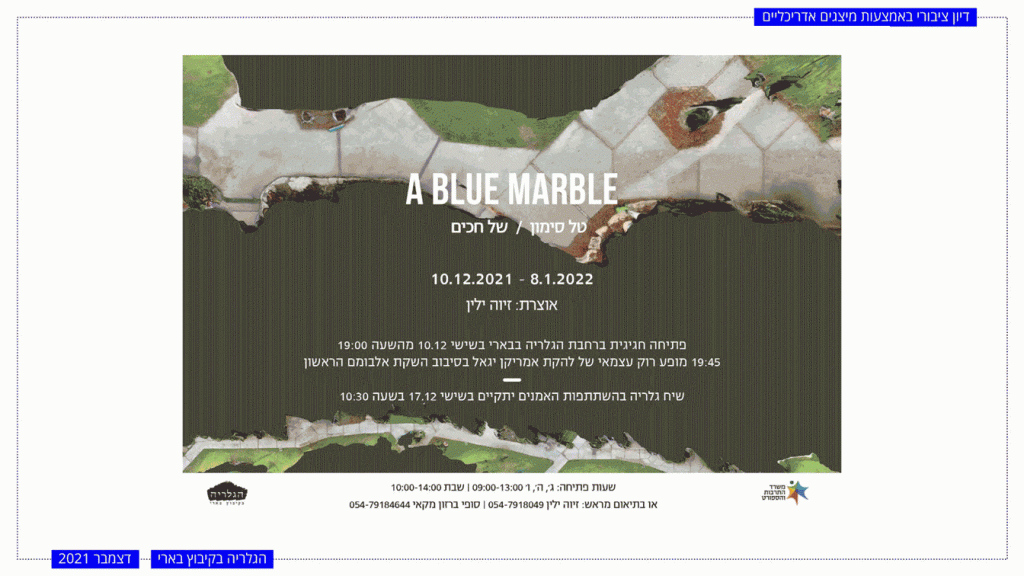
Kibbutz Anew: Planning in Four Acts
Does the dichotomy between privatization and decline present the only options for the future of kibbutzim in our contemporary sphere? How can we reimagine such spaces?

Shell Hakim
The Bezalel Academy of Arts and Design Jerusalem
Be’eri, my home kibbutz, is a place whose ideological and spatial composition is in question. On the verge of privatization, between an impractical past and an alienated future, the current moment is characterized with uncertainty and ontological confusion. An identity crisis.
As a homegrown researcher, at once both subjective and objective, I used the various modes of knowledge available to me – discussion and recollection, photogrammetry and blueprints – through which I created a section through the heart of the kibbutz: the network of objects, materials, and stories interwoven together.
I developed four architectural systems in order to reconfigure essential aspects of the conceptual and material framework on which the kibbutz is built, posing the following questions: How can one rethink kibbutz institutions and their possible futures? Which potential interactions remain unformed? How will the kibbutz emerge if it were to internalize this doubt in its very operation, and develop into a space of questioning, becoming, and ongoing examination?

